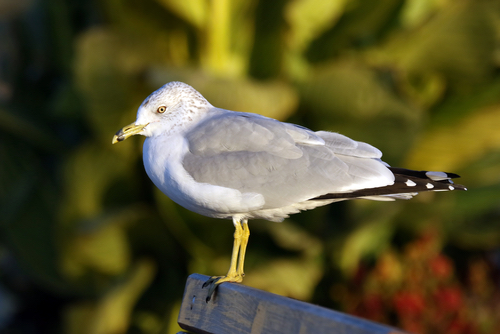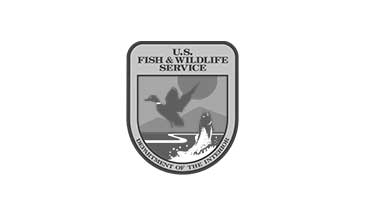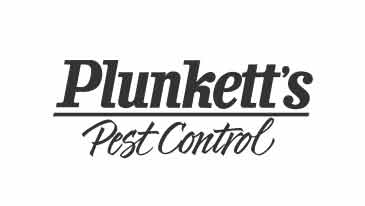Gull (Seagull) Control & Removal

BIOLOGY
- Adult body length: 11 to 20 inches
- Adult body weight: 1 to 2 pounds
- Egg incubation period: 19 to 28 days
- Broods per year: 1
- Brood size: 2 to 5 eggs (usually 3 to 4) per clutch
- Birthing Period: Spring
- Age at which young leave nest: 5 to 8 weeks
- Activity seasonality: Year-round
- Primary diet: Fish, mollusks, crustaceans, insects, rodents, discarded food, garbage
PEST STATUS.
Aggregations of gulls, particularly the herring and ring-billed gulls, frequent fields, airports, dumps, landfills, parking lots of shopping centers and restaurants, roofs of large buildings near food and water sources (beaches, lakes, rivers, estuaries, etc.) where they cause fecal contamination of these locations. Gulls at airports pose a hazard to aircraft during take off and landing. Pest management professionals are restricted in their choice of methods for use in controlling these birds because gulls are federally protected under the Migratory Bird Treaty Act, MBTA (16 USC.703-711) and, like Canada Geese, can be taken only with a permit issued by the US Fish and Wildlife Service and the state wildlife agency (i.e., when other control methods have been attempted to no avail).
HABITAT MODIFICATION.
Gull activity can sometimes be lessened in problematic locations by reducing the availability of food, water and resting space, where possible. Food sources, in particular, can be eliminated in some urban situations by more diligent trash management and by educating the public about the negative consequences of deliberately feeding gulls.
DETERRENTS.
Temporary relief from gull activity in aggregation and feeding sites can sometimes be accomplished by strategic installation and maintenance of scare-eye balloons, Mylar reflective streamers and mechanical scare devices on structures to prevent perching and nesting. Bird distress call emitting devices have proved to be effective in scaring away gulls in some cases, where appropriate to the situation.
EXCLUSION.
Some gull aggregation problems can be solved by completely enclosing gull landing sites and portions of structures with bird netting or wire mesh. Bird spike sections or barrier wire can be installed on strategic building surfaces to prevent birds from landing and aggregating on problematic areas of structures.
REPELLENTS.
Sticky polybutene bird repellents applied to strategic surfaces of structures, as described in the section on pigeons, will prevent gulls from landing.
TOXICANTS
DRC-1339, (3-chloro-p-toluidine hydrochloride) avicide can be administered under the direct supervision of a USDA-APHIS-WS agent if all other options have failed and a special use permit is secured.






